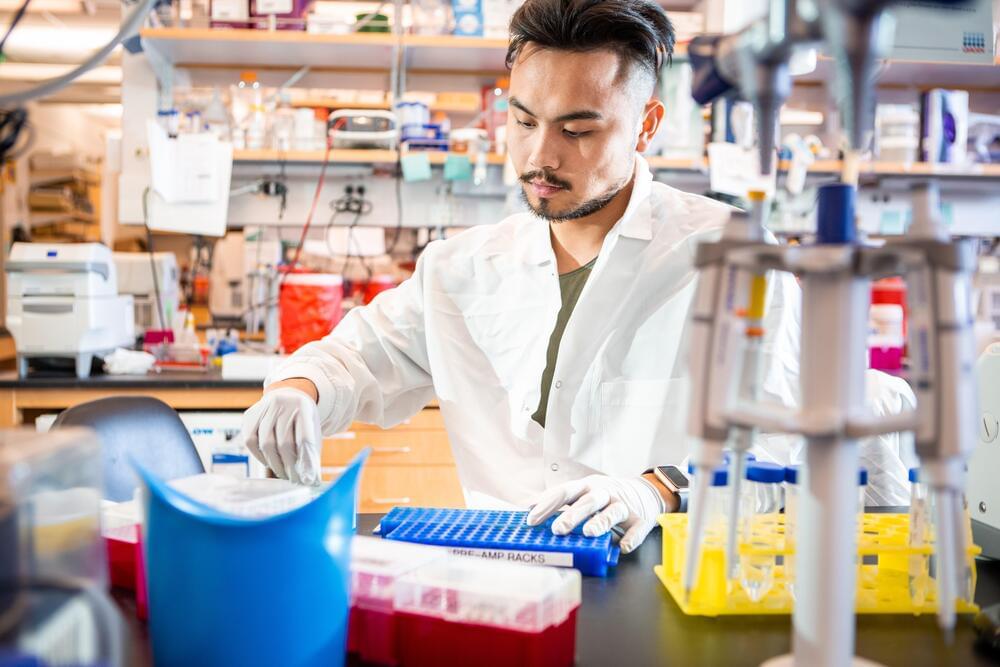Bioengineers apply engineering and design principles to develop innovative solutions for biological and medical problems. Our researchers are creating tools and technologies to eliminate bottlenecks and reduce the time it takes for discoveries in stem cell research to reach the clinic as life-saving therapies. This includes everything from creating biodegradable scaffolds that can help stem cells Cells that have the ability to differentiate into multiple types of cells and make an unlimited number of copies of themselves. stem cells Cells that have the ability to differentiate into multiple types of cells and make an unlimited number of copies of themselves. regenerate damaged tissue to engineering materials that can make the immune-boosting effects of vaccines last longer.
Nanotechnology is the field of science focused on creating and manipulating structures and materials at the nanometer scale (one billionth of a meter). The application of nanotechnology in medicine recreates the natural scale of biological phenomena, enabling more precise and less invasive approaches for preventing, diagnosing and treating disease. Together with scientists from the California NanoSystems Institute at UCLA, our researchers are creating nanomaterials that enable targeted drug and gene delivery, more efficient production of cells for use as therapies and better models of human disease. Because nanotechnology-based methods enhance efficiency, require less material and use up less space, they can offer low cost, high-accuracy solutions for the study, diagnosis and treatment of disease.
By leveraging the combined strengths of nanotechnology and bioengineering, our researchers are accelerating the development of more effective and affordable stem cell-based therapies for a host of intractable medical conditions.
